Olympus Camedia C-8080 Wide Zoom
Review Date: 24th May 2004
|
Image Quality
All of the sample images in this Review were taken using the SHQ 3264x2448 mode, which gives an image size of between 2.5-3.5Mb and allows around 130 images to be stored on a 512Mb Compact Flash memory card.
Noise
The Olympus C-8080 Wide Zoom has a massive number of different ISOs, 10 in fact, although the ISO range itself is only 64-400. Here are some 100% crops which show the noise levels for each ISO setting:
ISO 50 (100% crop) |
ISO 64 (100% crop) |
 |
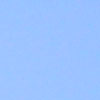 |
ISO 80 (100% crop) |
ISO 100 (100% crop) |
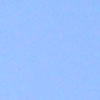 |
 |
ISO 125 (100% crop) |
ISO 160 (100% crop) |
 |
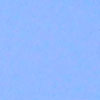 |
ISO 200 (100% crop) |
ISO 250 (100% crop) |
 |
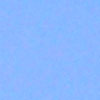 |
ISO 320 (100% crop) |
ISO 400 (100% crop) |
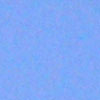 |
 |
One of the biggest criticisms leveled at the recent crop of 8 megapixel digital cameras has been the presence of noise at quite slow ISO speeds, and as you can see the Olympus C-8080 Wide Zoom is no exception. At ISO 50-100 noise is virtually non-existent. At 100-160 it starts to appear and at ISO 200-400 it is very apparent in the image when viewed at 100%, so much so that if I owned this camera I would avoid using anything above ISO 200 if possible. That leaves a useable range of 64-200, which is fine if you like landscape photography or use a tripod for most of your shots, but not so good if you want to shoot indoors, in overcast conditions or if you want to set fast shutter speeds for action photography.
Sharpening
Here are two 100% crops which have been Saved as Web - Quality 50 in Photoshop. The right-hand image has had some sharpening applied in Photoshop. As you can see, the out-of-the camera images, which were taken at the default Sharpening setting of 0, are a little soft. You can either change the in-camera setting (there are 10 different levels of sharpening available) or use Photoshop or a similar program to sharpen the image.
Original 100% Crop |
Sharpened 100% Crop |
 |
 |
 |
 |
File Quality
The Olympus C-8080 Wide Zoom has 4 different JPEG quality settings and also supports the TIFF and RAW formats. Here are some 100% crops which show the various file quality settings. Note that the RAW image was opened in Adobe Photoshop CS and converted using the camera default settings:
SQ2 (640x480) |
SQ1 (2,048x1,536) |
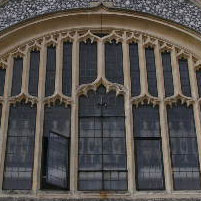 |
 |
HQ (3,264x2,448) |
SHQ (3,264x2,448) |
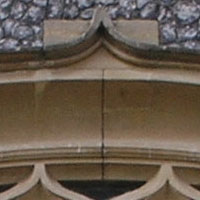 |
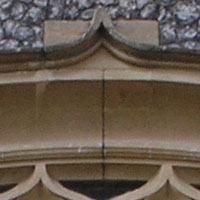 |
TIFF (3,264x2,448) |
RAW (3,264x2,448) |
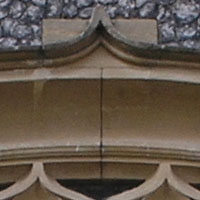 |
 |
Chromatic Aberrations
The Olympus C-8080 Wide Zoom coped admirably with high contrast situations, with virtually no chromatic aberrations, or purple-fringing, in any of my sample images. The two sample 100% crops below are examples of the kind of photograph that would traditionally exhibit chromatic aberrations, but as you can see the Olympus C-8080 Wide Zoom has produced almost no noticeable fringing.
 |
 |
Overall Image Quality
The Olympus C-8080 Wide Zoom produces very large file sizes that will enable you to create A4 prints at 300dpi, and A3 prints at a very acceptable 200dpi. If you want to print at A3 without having to interpolate your images, then an 8 megapixel camera like the Olympus C-8080 Wide Zoom will allow you to do so. What it won't allow you to do is take photos that require high ISO speeds. Indoor, action and sports photography all spring to mind as subjects that aren't well-suited to the Olympus C-8080 Wide Zoom, simply because of the already limited highest ISO speed of 400, and the fact that noise is very apparent in images taken at ISO 200 and faster. The default sharpening level of 0 is a little soft, but you can increase the sharpening by up to 5 levels if you wish, or just use a photo editing application on your computer. The Olympus C-8080 Wide Zoom excels at controlling chromatic aberrations, with one of the best performances that I've yet seen from a digital camera. Overall the Olympus C-8080 Wide Zoom produced a vibrant set of images with saturated colours, little noise at the slow ISO settings and very few unwanted image effects. The only downside is the limited effective ISO range.
|
